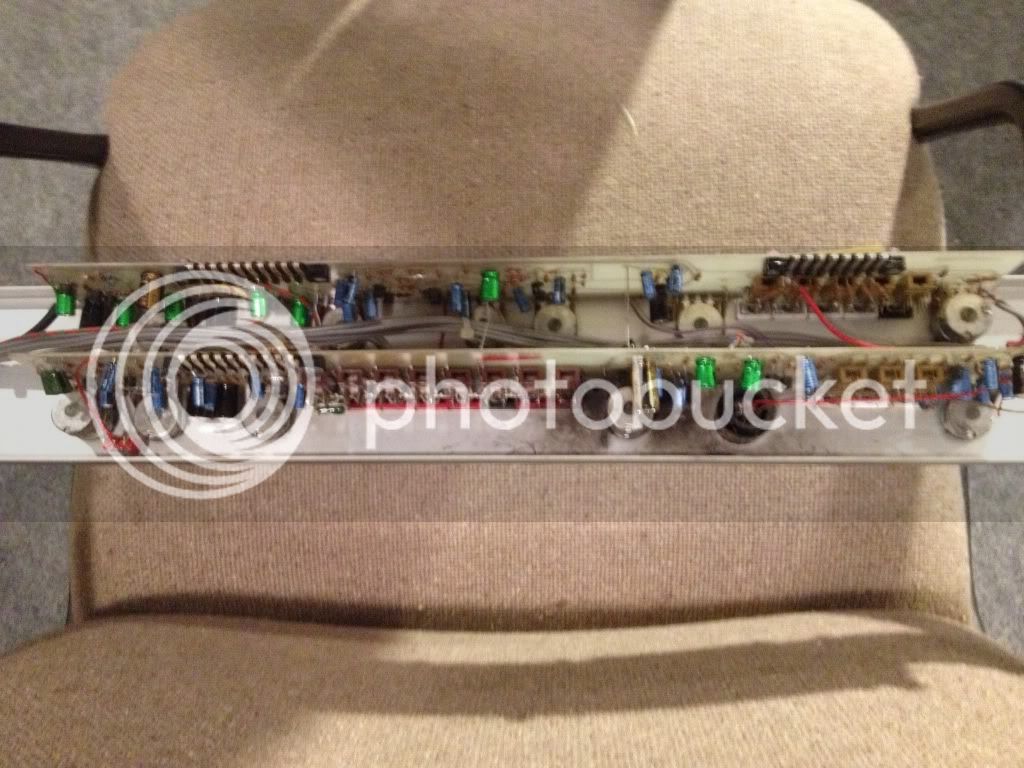ampegbassplayer1969
Member
- Joined
- Oct 25, 2011
- Messages
- 11
Got the power/monitor amp channel re-capped! Woohoo, time to fire this baby on and start working on the channels!

New pictures in my photobucket page for those who are curious! Check page one.

New pictures in my photobucket page for those who are curious! Check page one.




































